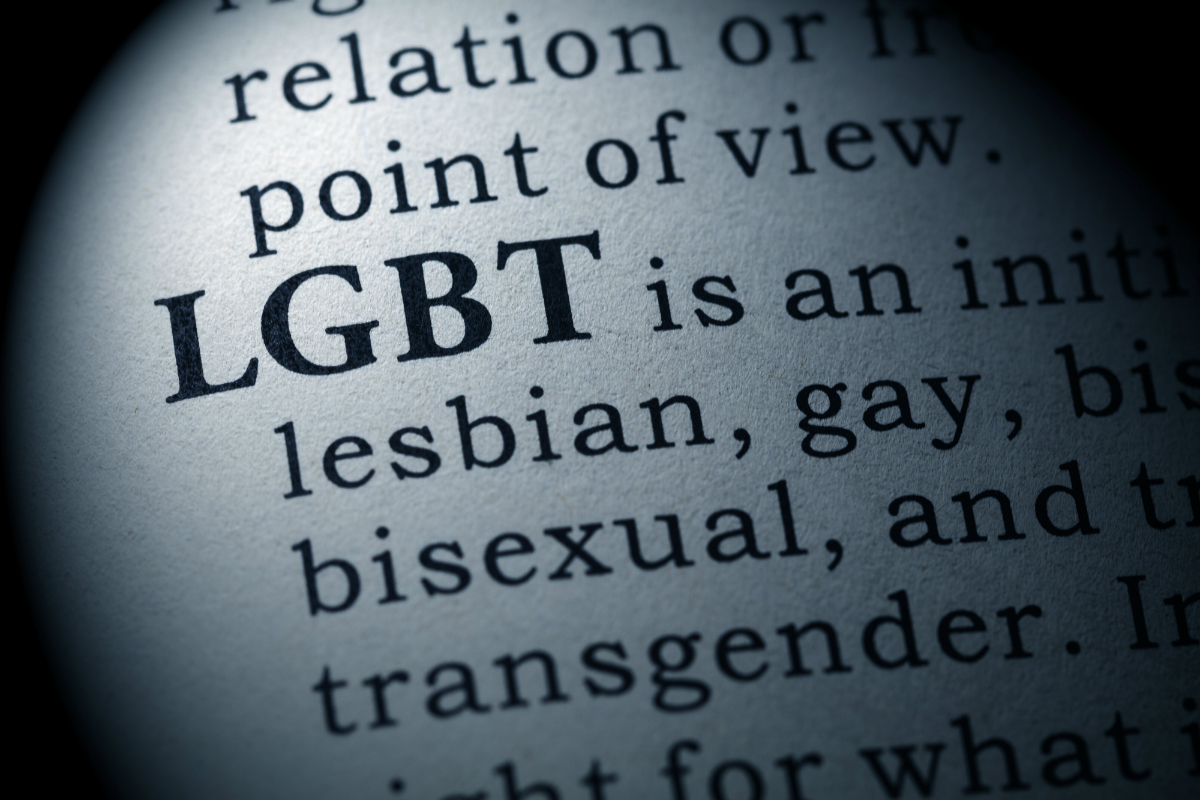It has been nearly a decade since California passed the FAIR Education Act, requiring that public schools provide Fair, Accurate, Inclusive and Respectful representations of the state’s diverse ethnic and cultural population in the grade K–12 history and social studies curriculum. For the first time, students would be learning about the historical contributions of groups including lesbian, gay, bisexual and transgender Americans.
While the adoption of the FAIR Education Act was a victory, there is still much work to be done, said Rick Oculto, education director of the Our Family Coalition — an organization that advocates for equity for LGBTQ families and children through support and education. Through the lens of October’s LGBTQ History Month, Oculto said it’s important that local educational agencies do not place the implementation of the curriculum or the necessary teacher training on the backburner.
Said another way, we must learn from history so that we aren’t doomed to repeat it.
“I think that with regards to LGBTQ history, there is a lot that is on the minds of school boards because of the pandemic, because of the fires, because of all of these different things that are occurring to us in society right now,” Oculto said. He added that, had challenges surrounding issues including racial injustice and the environment been addressed sooner, things might look different today.
“We have to pay attention to those things, even in a crisis,” he said. “So, don’t put social-emotional learning or diversity work on the backburner because it literally fuels the crises that we are in right now.”
Making history has its ups, downs and delays
Following the passage of the California Student Safety and Violence Prevention Act of 2000, which prohibits discrimination and harassment on the basis of sexual orientation or gender identity in public schools, the Genders & Sexualities Alliance (GSA) Network conducted a national survey of students associated with the organization to ask what the next step should be. “‘What would make your school a safer space for you?’” Oculto said.
The number one response, without a close second, was that students wanted representation in the content taught in the classroom. History and social studies, more than any other subject, seems the appropriate place to start.
“If we’re talking about validating stories about people, history is the easiest one, because you can’t say there’s any propaganda there. It’s just telling stories of what happened,” Oculto said. “And so if we get that into history and social science, then it’s going to change the narrative of how we’re able to approach these issues. And not just in the classroom, but also in other larger social spaces.”
Following years of pushback and a veto by former-Gov. Arnold Schwarzenegger, the FAIR Education Act was signed by then-Gov. Jerry Brown in 2011. California became the first state to pass a law requiring schools to teach LGBTQ history in 2011, followed by Colorado, New Jersey and Illinois in 2019. As of this writing, five states — Alabama, Louisiana, Mississippi, Oklahoma and Texas — still have laws prohibiting the “promotion of homosexuality.” These laws, also known as “no pro homo” laws, prohibit schools from teaching about LGBTQ people or topics in a positive light in health or sex education classes.
In 2017, after years of delays largely caused by deep budgetary cuts and disagreement over the details, the California State Board of Education approved the first revised K–8 textbooks to include FAIR Education Act-mandated material.
What can governance teams do to move the needle?
While progress has been made throughout the state, there is still so much work to be done, Oculto said. LGBTQ youth still experience bullying, mental health issues and attempted suicides at rates higher than their peers and are still more likely to drop out. That’s why it’s so important that governance teams leverage their influence to help ensure schools are a safe place for all kids.
This can be accomplished through the Local Control and Accountability Plan process, which requires community engagement in determining an LEA’s goals and how to allocate funding. It can also mean simply acting as a sounding board for families seeking support or expressing concerns.
“Board members are just regular people that don’t necessarily have the pulse on everything that is happening all the time. I think that if there are board members that really want to help with this subject, they need to make it really clear to their constituency, the families that are within their districts, that they are open to listening to what is happening,” Oculto said. “School boards hold a lot of power, and it really matters when a school board member can say, ‘Hey, this is an issue that we need to pay attention to.’”
For more information, lesson plans and other resources, visit www.lgbtqhistory.org





